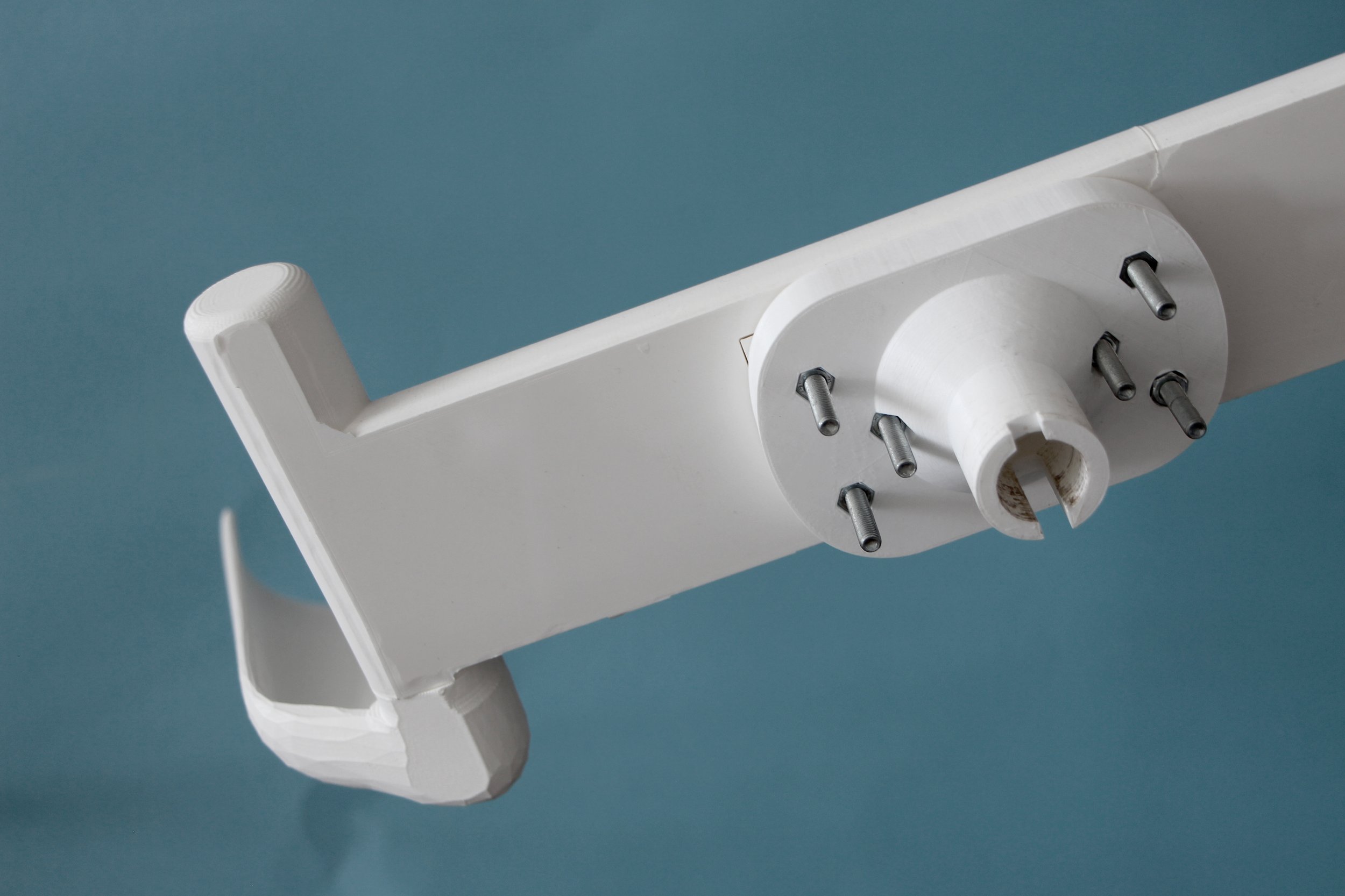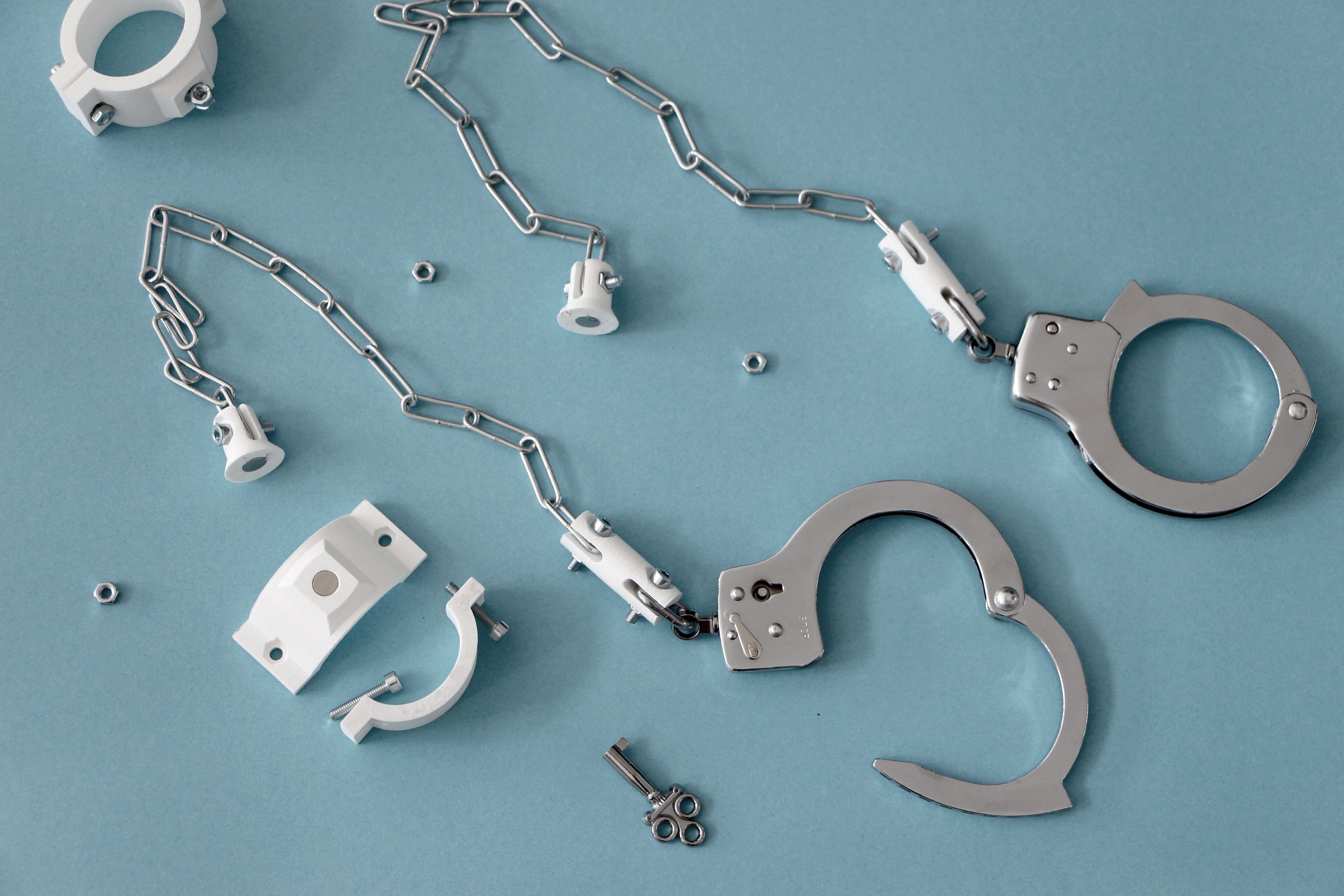steering stories OF DRIVING AUTOMATION
The development and deployment of driving automation technologies consist of complex and distributed decision-making processes where technical issues are only part of the challenges to be addressed. Driving automation comes in –lengthy– steps, mostly work only in specific environments, and can bring social drawbacks. However, automated driving is narrated and perceived as an inevitable change that society is asked to embrace and adapt to. While both academia and industry focus on how to enable a smooth transition toward automated vehicles and prevent undesirable drawbacks as much as possible, a question remains unaddressed: should we even aspire to have fully autonomous vehicles in large numbers?






This project explores the public understanding of driving automation technologies, which tends to remain bound to the myth of the self-driving car. The project challenges extreme (either positive or negative) views and narratives propagated by industry advertisements and popular media. The aim is to promote more nuanced discussions among potential stakeholders about possible alternative automated driving scenarios and their societal implications.
Central to the project is a set of critical design artifacts developed and used for a rhetorical purpose: stimulating reflections and discussions about driving automation through features that generate cognitive estrangement. The set of four embodiments represents alternative scenarios of driving automation and their implicit trade-offs between driving comfort and safety as if these were directly (or inversely) proportional to the amount of control over the steering task.
-
Lupetti, M. L., Cavalcante Siebert, L., & Abbink, D. (2023, April). Steering Stories: Confronting Narratives of Driving Automation through Contestational Artifacts.Human Factors in Computing Systems (pp. 1-20).
